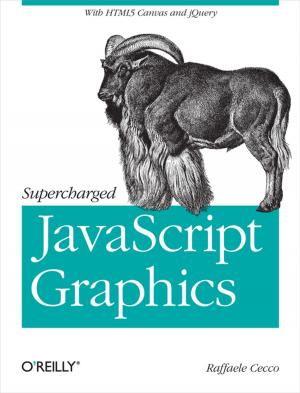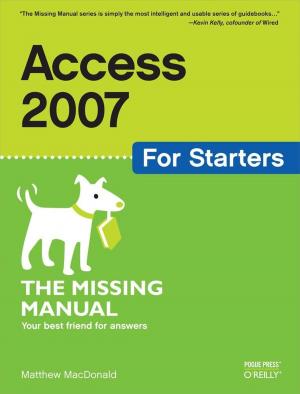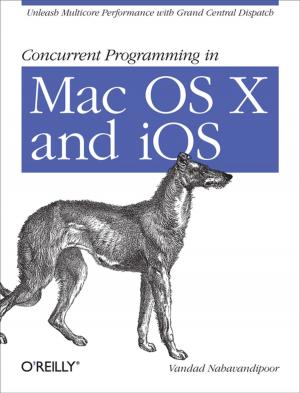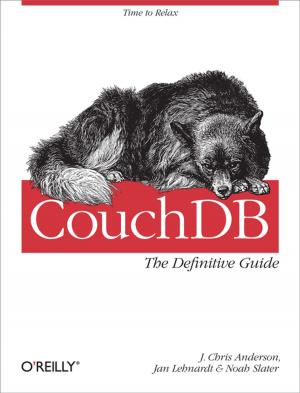| Author: | Tim O'Reilly | ISBN: | 9781449391072 |
| Publisher: | O'Reilly Media | Publication: | September 23, 2009 |
| Imprint: | O'Reilly Media | Language: | English |
| Author: | Tim O'Reilly |
| ISBN: | 9781449391072 |
| Publisher: | O'Reilly Media |
| Publication: | September 23, 2009 |
| Imprint: | O'Reilly Media |
| Language: | English |
The concept of "Web 2.0" began with a conference brainstorming session between O'Reilly and MediaLive International. Dale Dougherty, web pioneer and O'Reilly VP, noted that far from having "crashed", the web was more important than ever, with exciting new applications and sites popping up with surprising regularity. What's more, the companies that had survived the collapse seemed to have some things in common. Could it be that the dot-com collapse marked some kind of turning point for the web, such that a call to action such as "Web 2.0" might make sense? We agreed that it did, and so the Web 2.0 Conference was born.
In the year and a half since, the term "Web 2.0" has clearly taken hold, with more than 9.5 million citations in Google. But there's still a huge amount of disagreement about just what Web 2.0 means, with some people decrying it as a meaningless marketing buzzword, and others accepting it as the new conventional wisdom.
This article is an attempt to clarify just what we mean by Web 2.0.
The concept of "Web 2.0" began with a conference brainstorming session between O'Reilly and MediaLive International. Dale Dougherty, web pioneer and O'Reilly VP, noted that far from having "crashed", the web was more important than ever, with exciting new applications and sites popping up with surprising regularity. What's more, the companies that had survived the collapse seemed to have some things in common. Could it be that the dot-com collapse marked some kind of turning point for the web, such that a call to action such as "Web 2.0" might make sense? We agreed that it did, and so the Web 2.0 Conference was born.
In the year and a half since, the term "Web 2.0" has clearly taken hold, with more than 9.5 million citations in Google. But there's still a huge amount of disagreement about just what Web 2.0 means, with some people decrying it as a meaningless marketing buzzword, and others accepting it as the new conventional wisdom.
This article is an attempt to clarify just what we mean by Web 2.0.
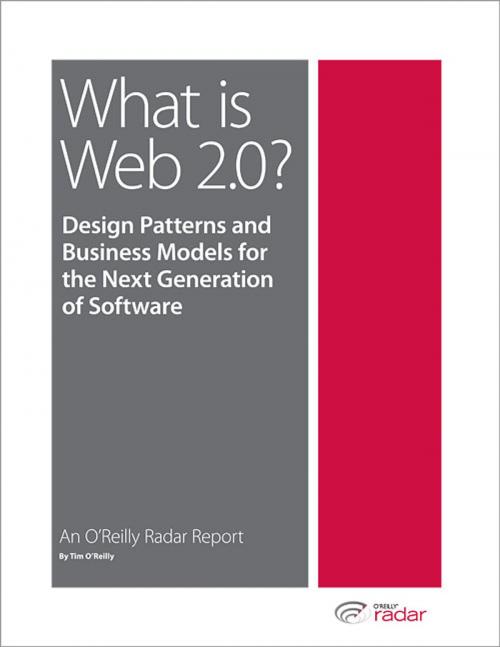

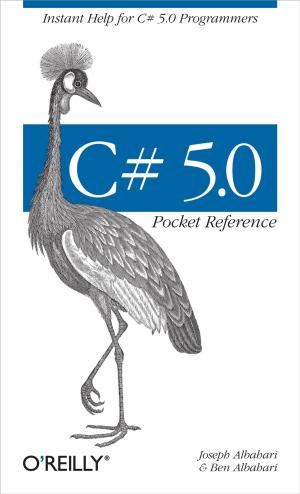

![Cover of the book Revolution in The Valley [Paperback] by Tim O'Reilly](https://www.kuoky.com/images/2011/november/300x300/9781449323875-YPCE_300x.jpg)
